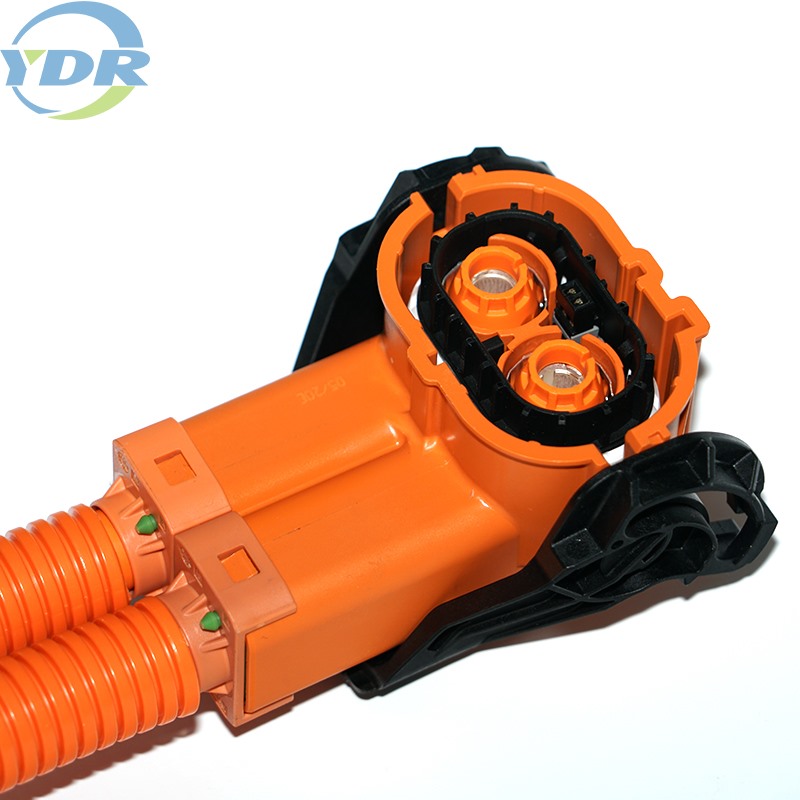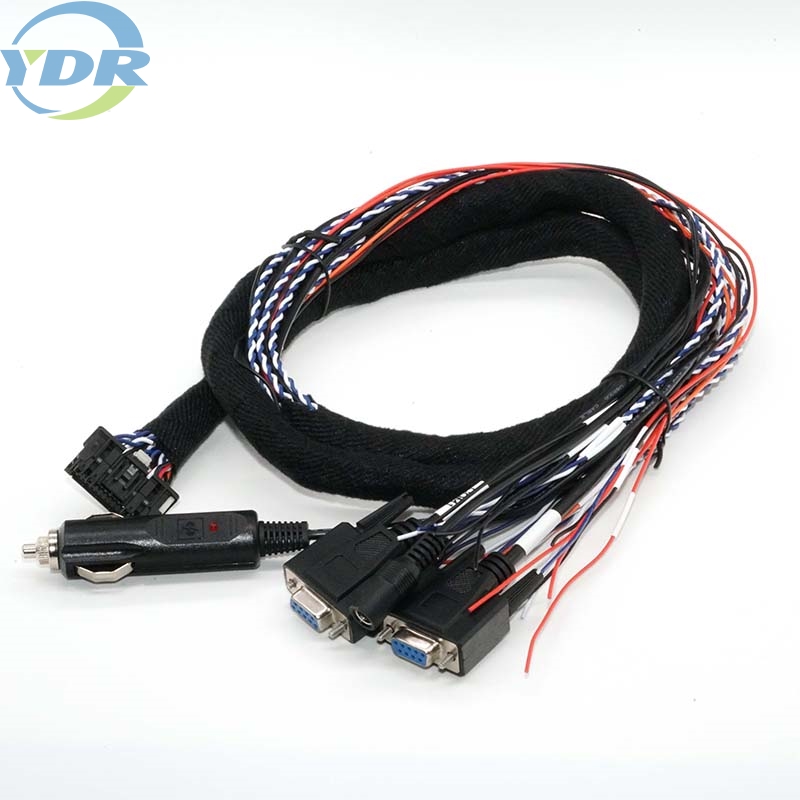In order to ensure the application quality and safety factor of the terminal wire assembly, prevent the occurrence of redundant common faults,The wire harness inspection generally involves the following items: plug and pull force test, durability test, insulation resistance test, vibration test, mechanical impact test, cold and heat impact test, mixed gas corrosion test, etc.

(1) Test the insertion and removal force of the terminal wire harness
Objective: To verify whether the insertion and removal force of the wire harness meets the product specifications.
Principle: Plug or pull out the wire harness at the specified rate, and record the corresponding force value.
(2) Durability test of wire cable assembly
Objective: To evaluate the effect of repeated insertion and removal on the terminal wire, and to simulate the insertion and removal of the wire harness in practice.
Principle: Plug and remove the cable continuously at the specified rate until it reaches the specified times.
(3) Test the insulation resistance of the cable
Objective: To verify whether the insulation performance of wire meets the requirements of circuit design or whether the resistance value meets the relevant technical conditions when subjected to environmental stress such as high temperature and humidity.
Principle: Apply voltage to the insulating part of the terminal wire, so that the surface or inside the insulating part of the leakage current and present resistance value.
(4) Terminal wire harness voltage resistance test
Objective: To verify whether the wire harness can work safely under rated voltage, whether it can tolerate the ability of overpotential, so as to evaluate whether the cable insulation material or insulation gap is appropriate.
Principle: Between the contact parts and the contact parts of the terminal wire, between the contact parts and the shell, apply the prescribed voltage and maintain the prescribed time, observe whether the sample has breakdown or discharge phenomenon.
(5) Test the contact resistance of the wire
Purpose: To verify the resistance value generated by current flowing through the contact surface of a contact.
Principle: Through the terminal wire through the prescribed current, measuring the wire at both ends of the voltage drop to get the resistance value.
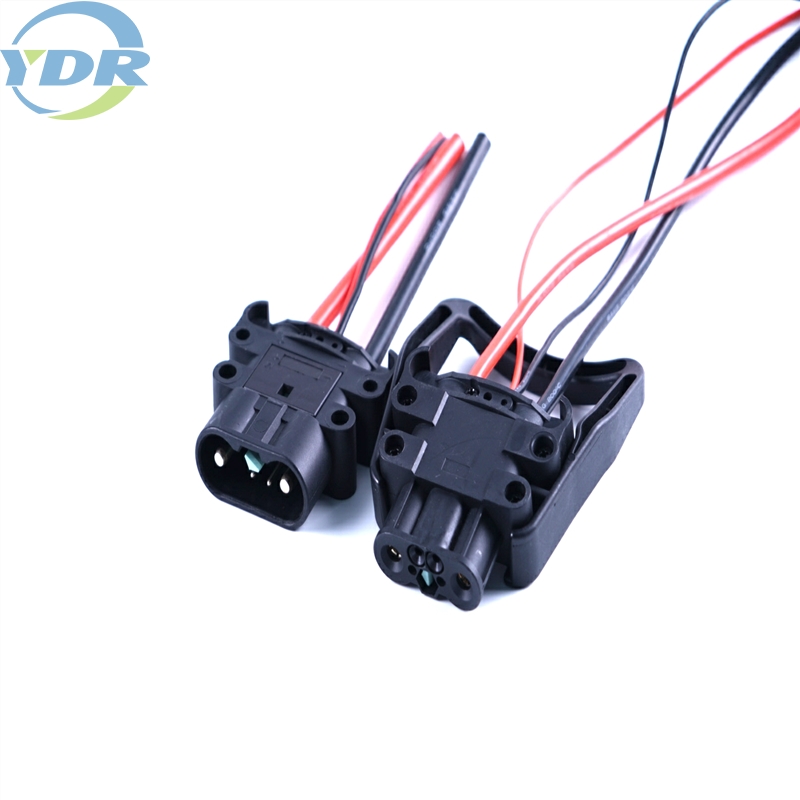
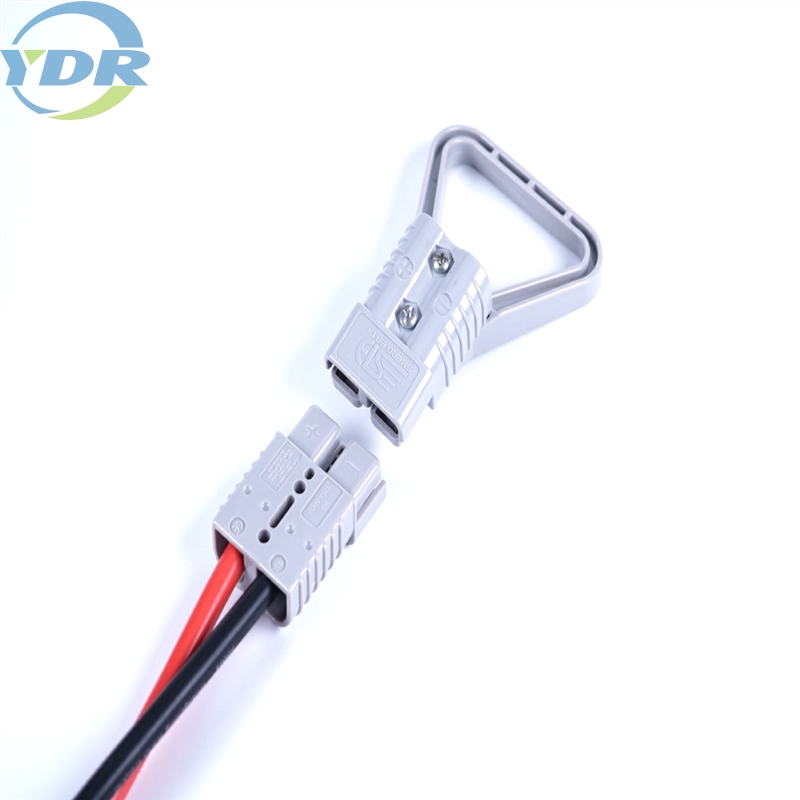
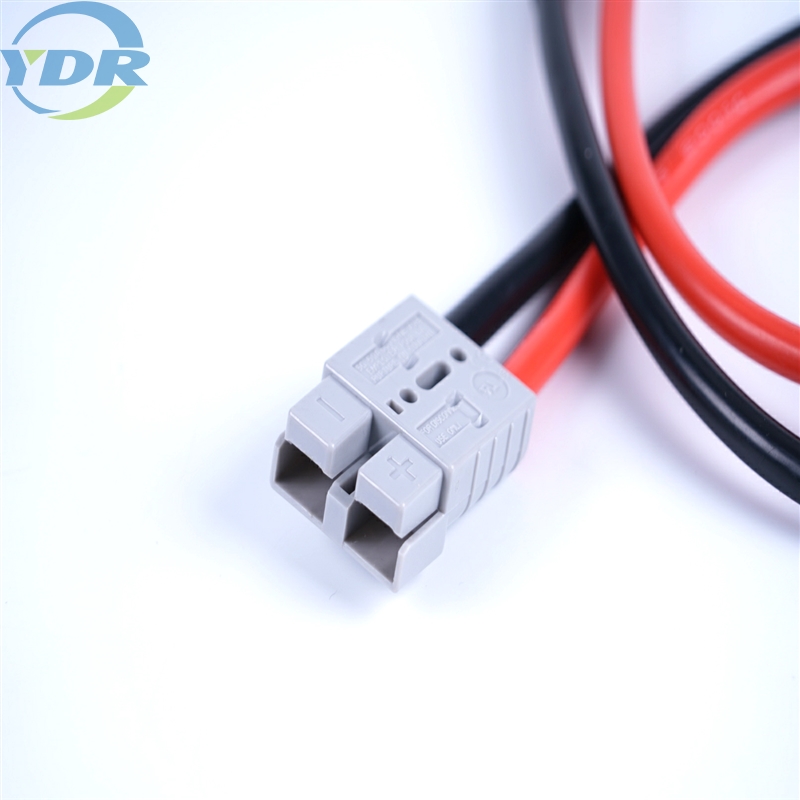
(6) Vibration test of terminalwire
Objective: To verify the effect of vibration on the performance ofwire andcable components.
Vibration type: random vibration, sinusoidal vibration.
(7) Mechanical impact test of terminalwire
Objective: To verify the impact resistance of thewire harness andwire components or to evaluate whetherwire harness structure is firm.
Test waveform: half sine wave, square wave.
(8) Cold and hot shock test of terminal wire
Objective: To evaluate the effect of terminalwire on its functional quality under rapid and large temperature difference.
(9) Combined cycle test of temperature and humidity of terminalwire
Objective: To evaluate the effect of terminal cable stored in a high temperature and humidity environment on terminal cable performance.
(10) High temperature test of terminalwire
Objective: To evaluate whether terminal and insulator properties change after thewire harness is exposed to high temperature for a specified time.
(11) Terminalwire salt spray test
Objective: To evaluate the salt spray corrosion resistance of terminal wires, terminals and coatings.
(12) Mixed gas corrosion test ofwire harness
Objective: To evaluate the corrosion resistance of terminalwires exposed to different concentrations of mixed gases andwire effect on their performance.
(13) Swaying test of wire
The resistance value presented by applying a voltage to the insulated part of the terminal wire so that the surface or interior of the insulated part generates a leakage current. Verify whether thewire harness can work safely under rated voltage and can withstand overpotential, so as to evaluate whether the terminalwire insulation material or insulation gap is appropriate.
 English
English  Español
Español  Português
Português  русский
русский  Français
Français  日本語
日本語  Deutsch
Deutsch  tiếng Việt
tiếng Việt  Italiano
Italiano  Nederlands
Nederlands  ภาษาไทย
ภาษาไทย  Polski
Polski  한국어
한국어  Svenska
Svenska  magyar
magyar  Malay
Malay  বাংলা ভাষার
বাংলা ভাষার  Dansk
Dansk  Suomi
Suomi  हिन्दी
हिन्दी  Pilipino
Pilipino  Türkçe
Türkçe  Gaeilge
Gaeilge  العربية
العربية  Indonesia
Indonesia  Norsk
Norsk  تمل
تمل  český
český  ελληνικά
ελληνικά  український
український  Javanese
Javanese  فارسی
فارسی  தமிழ்
தமிழ்  తెలుగు
తెలుగు  नेपाली
नेपाली  Burmese
Burmese  български
български  ລາວ
ລາວ  Latine
Latine  Қазақша
Қазақша  Euskal
Euskal  Azərbaycan
Azərbaycan  Slovenský jazyk
Slovenský jazyk  Македонски
Македонски  Lietuvos
Lietuvos  Eesti Keel
Eesti Keel  Română
Română  Slovenski
Slovenski  मराठी
मराठी  Srpski језик
Srpski језик 



